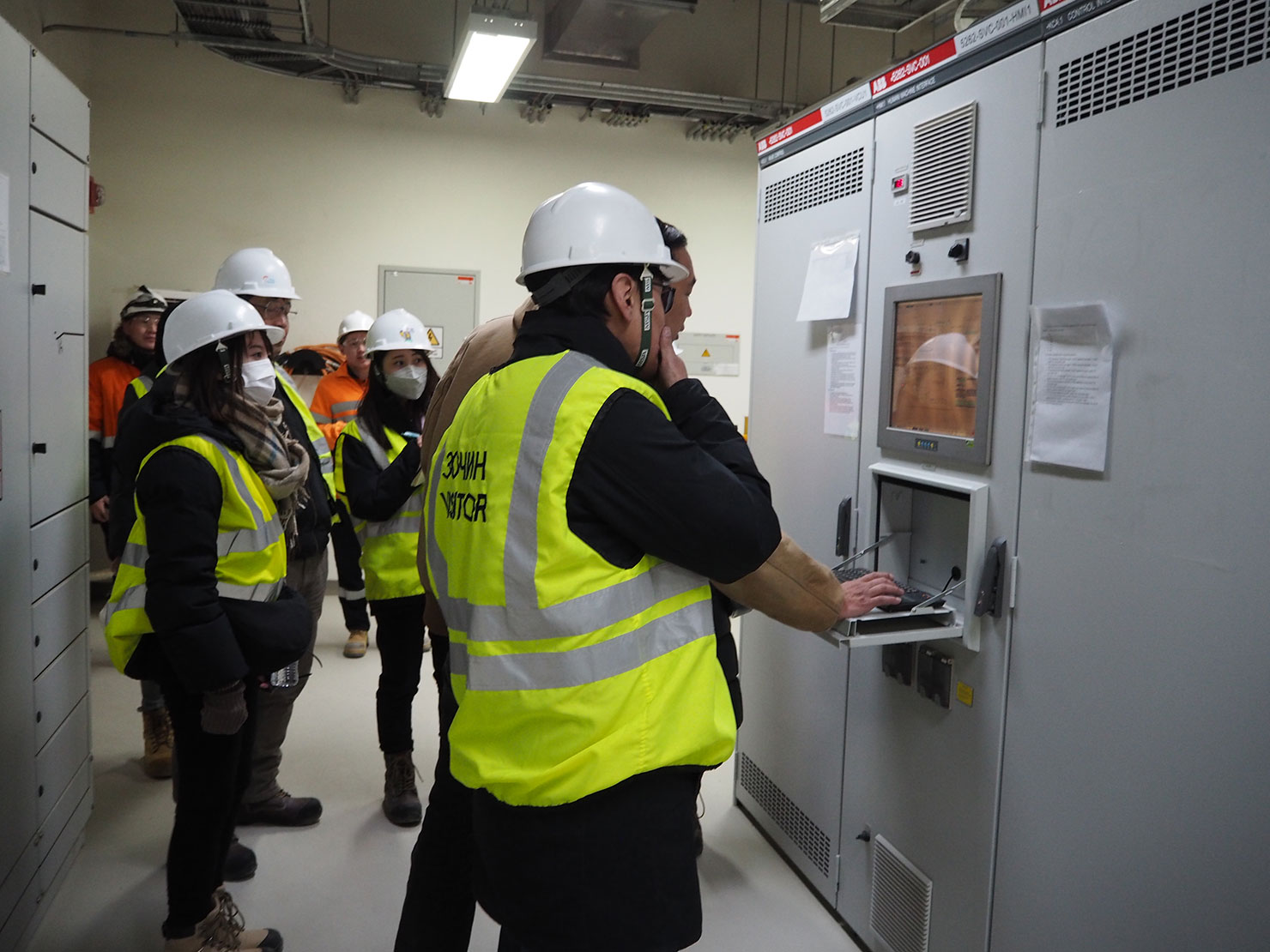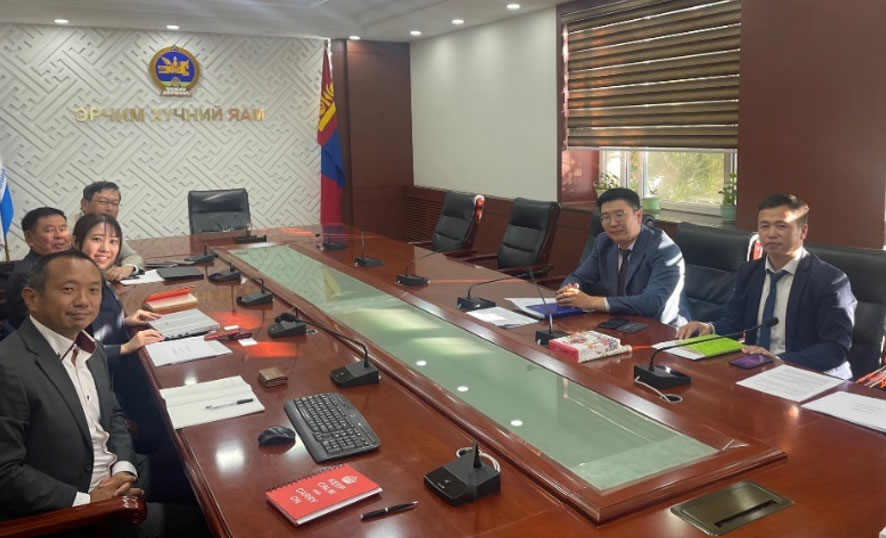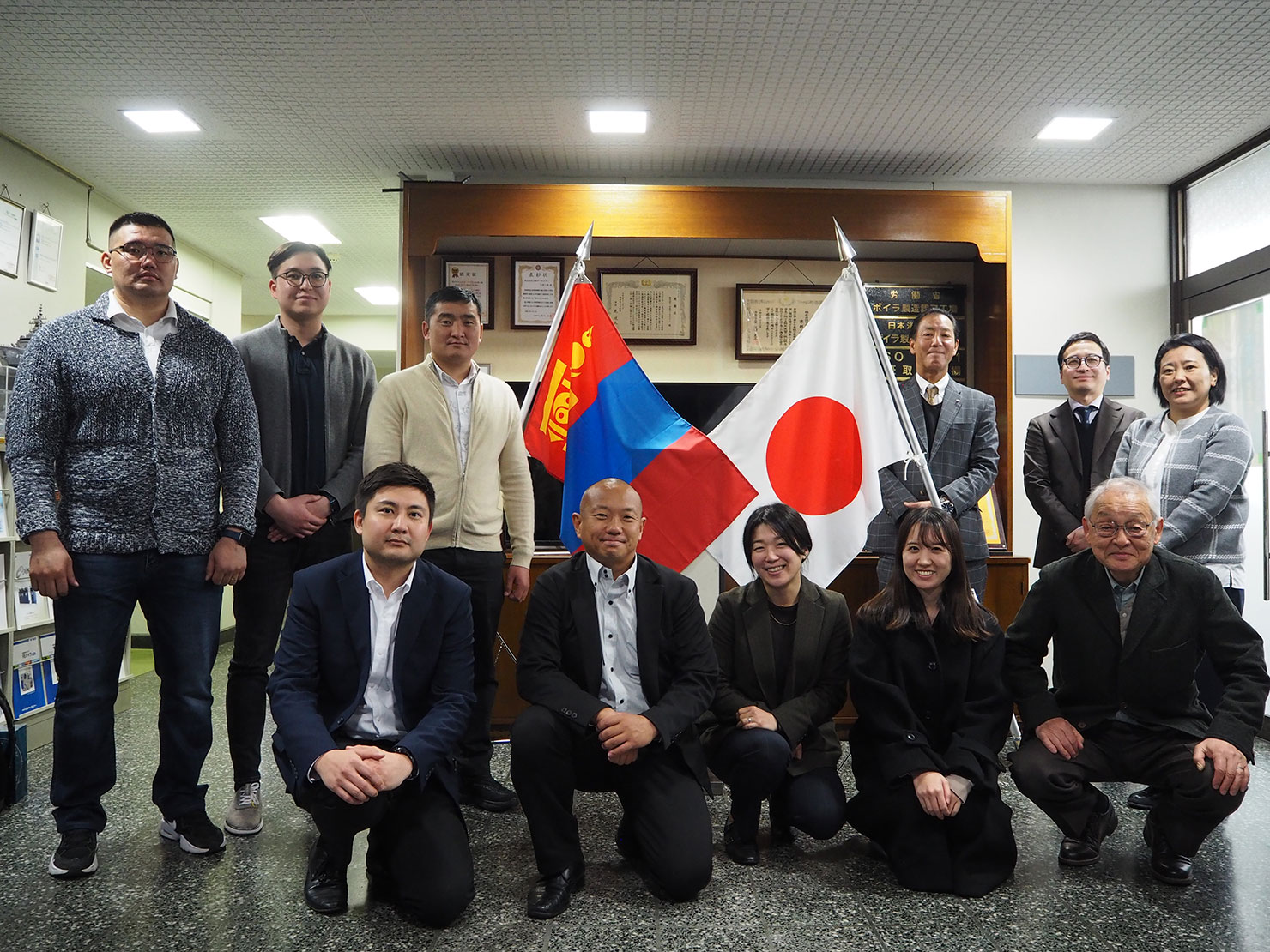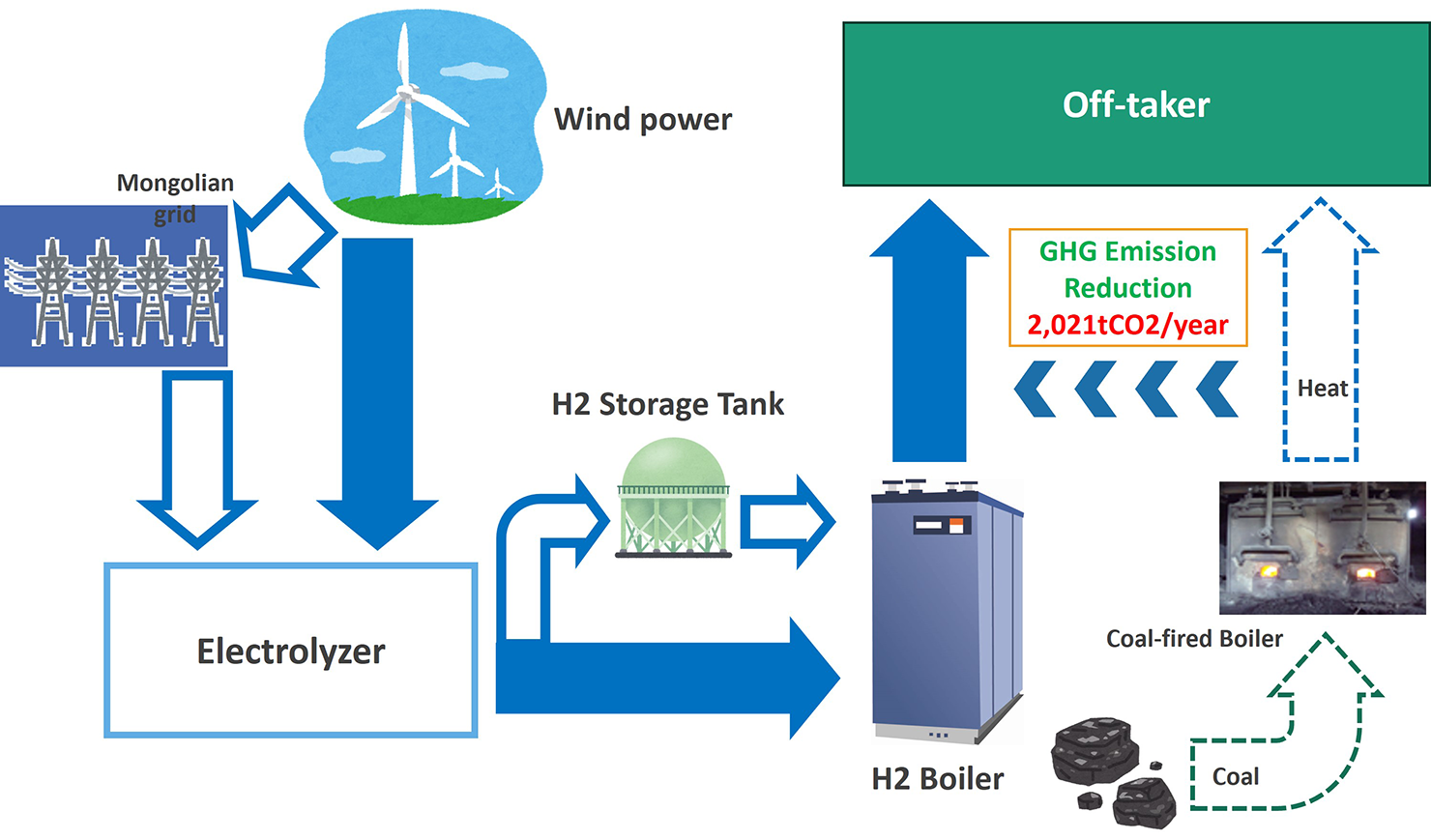Roles of the OECC
The OECC has been working with Mongolia for more than a decade to help the country overcome its environmental challenges. In the process, we have come to believe that green hydrogen is an effective way to solve Mongolia’s air pollution problems, break its dependence on oil and gas from other countries, and resolve its energy security issues. If Mongolia’s high renewable energy potential can be utilized to produce green hydrogen through water electrolysis and use it as fuel, GHG and air pollutant emissions within the target boundary can be completely reduced to zero. To solve air pollution – the top priority environmental issue in Mongolia – the OECC is working on the demonstration of green hydrogen production and utilization for commercial use with the support of the Ministry of Environment of Japan, by collaborating with the local government, local companies and Japanese companies.







